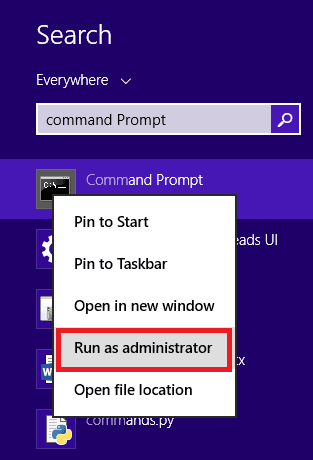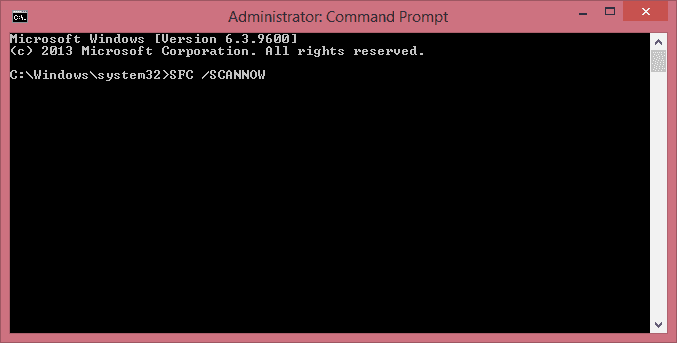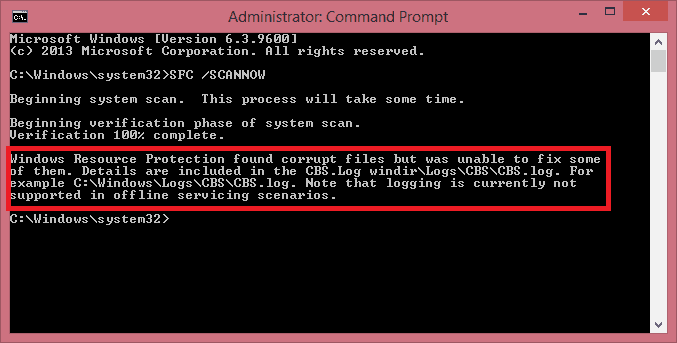Read time 4 minutes
Windows data may become inaccessible due to various reasons. Interestingly, there are some inbuilt Windows utilities that can help you deal with Windows corruption issues. Utilities like Check Disk (CHKDSK) are very popular too. Also, many third-party tools help to recover the data lost due to Windows corruption issues. Here, we will discuss how can we fix the issues with system files using the System File Checker (SFC), a Windows utility.
Windows OS may behave abnormally when its Windows Resource Protection (WRP) file is missing or corrupted. The System File Checker utility helps to identify issues with Windows system files and to repair them. This tool after, scanning system files, replaces the corrupted ones with a cached copy of the same. This is how you can do this:

 Note: If the error message ‘Windows Resource Protection could not perform the requested operation’ appears, do scanning in the Safe Mode, and verify that the folders PendingDeletes and PendingRenames exist in WinSxS\Temp (in Windows OS folder).
Note: If the error message ‘Windows Resource Protection could not perform the requested operation’ appears, do scanning in the Safe Mode, and verify that the folders PendingDeletes and PendingRenames exist in WinSxS\Temp (in Windows OS folder). When you check for missing or corrupt system files, you will find any of these messages:
When you check for missing or corrupt system files, you will find any of these messages:
This means no missing or corrupt system files were detected.
This means there were missing or corrupt system files, but Windows fixed them.
This means there are missing or corrupt system files, but Windows couldn’t fix all of them.
When the software is not able to fix the issue (the second case mentioned in the previous step), one can manually replace the corrupt file.
Note: The location of the corrupt file can be noted from the SFC details files; a healthy copy of the same file can be got from another computer (running on the same Windows version).
Third-party tools like Kernel for Windows data recovery can be used when there is data loss due to Windows corruption or system formatting. This tool recovers the lost data and saves it to a location chosen by the user. This tool offers a simple recovery process, preview of the recovered data, and support for all Windows versions.
Kernel for Windows Data Recovery is a worthy candidate for any issue that occur due to the corruption in drives or formatting. It is the software that will recover the completely corrupt or deleted item in the drive. It can scan both logical and physical drive and repair them faster. After the recovery of items, it can show you the preview of all the items and you can save them after applying the filters.